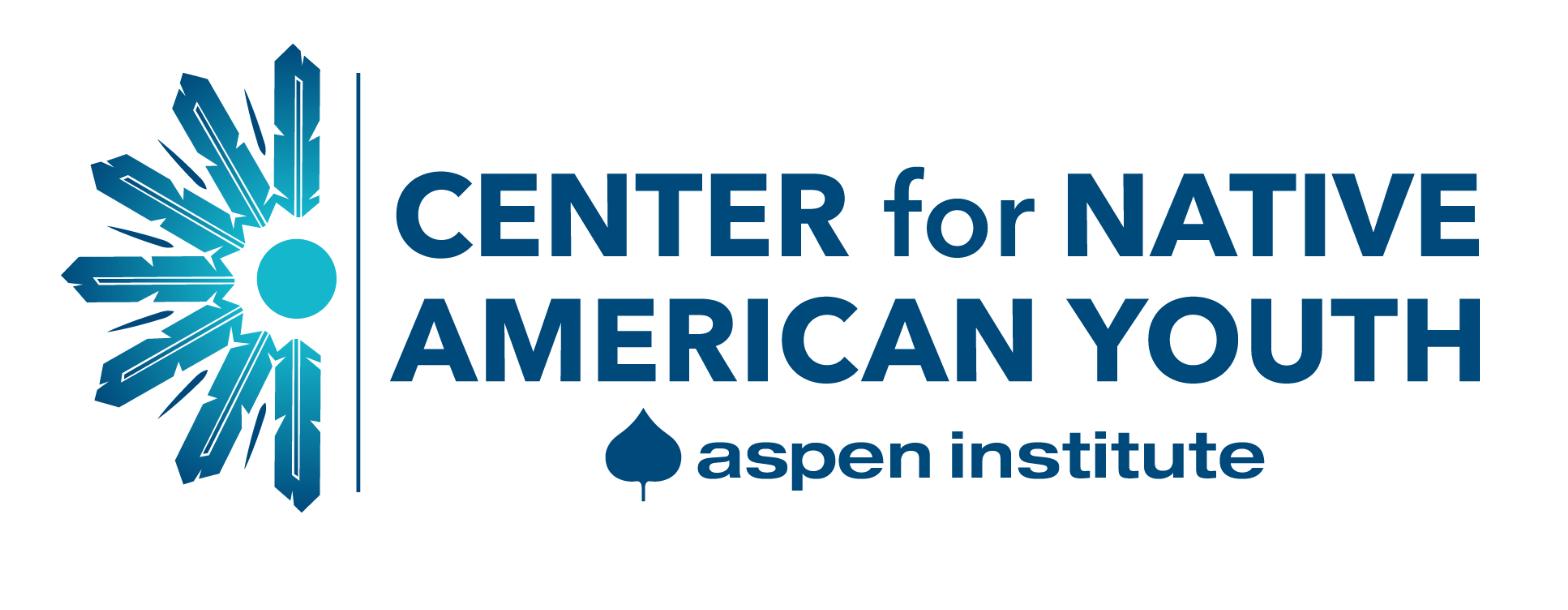The Report
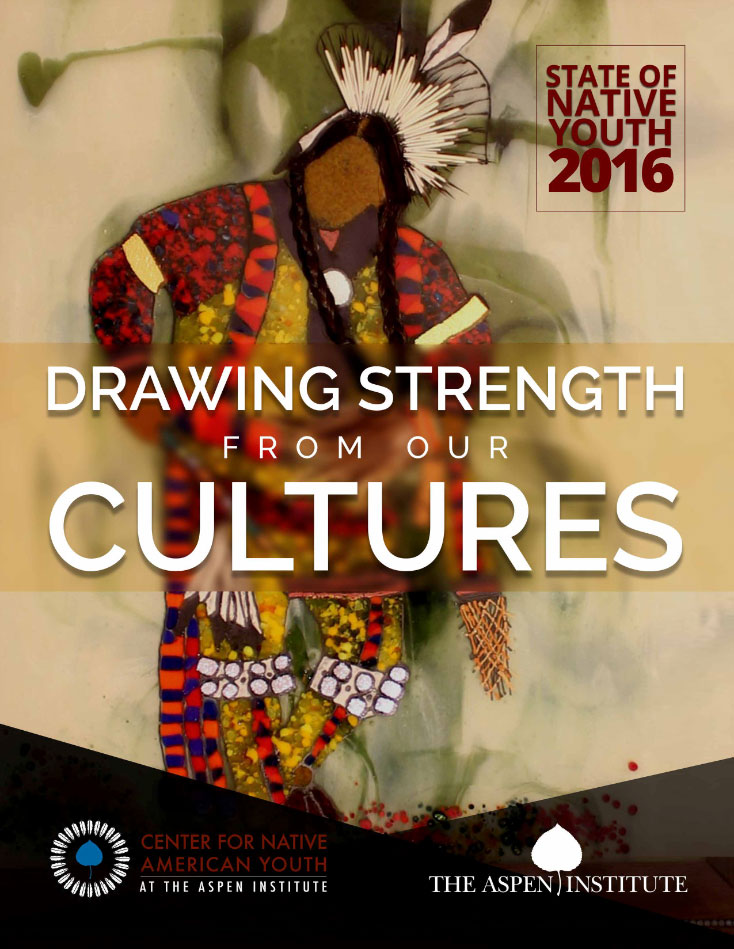
Every day, Native American youth across the country are taking positive action to accomplish incredible things together. They are drawing on the strength of their tribal cultures to tackle a suicide epidemic 2.5 times the national rate, the serious and disproportionate rate that they are involved in the juvenile justice and foster care systems, and some of the lowest education outcomes in the country, to name a few.
Though these and other challenges to success for Native youth may be daunting, they are showcasing the resilience of Native people and building a bright future for Indian Country.
Each year, the State of Native Youth report will share what we’ve learned from a new online survey, and from our community meetings with youth and service providers in tribal communities across the country, about the priorities and solutions that matter most to Native youth. We will also examine data on indicators of Native youth success and policies that impact their lives.
One thing that came through clearly in our work this year: the power of tribal culture to Native youth. Throughout this year’s report – State of Native Youth 2016: Drawing Strength from Our Cultures – we focus on how Native youth draw strength from their tribal cultures to achieve success and strengthen their communities.
The Panel
On December 1, CNAY hosted a public event at the Aspen Institute featuring a panel discussion – Native American Youth: Drawing Strength from Tribal Cultures – with Native youth and community leaders in conjunction with the release of our inaugural State of Native Youth report.
The panel was co-moderated by CNAY founder & chairman Senator Byron Dorgan (ret.) and CNAY executive director Erik Stegman. Panelists included two Native youth – Felisha Howell (Confederated Tribes of Siletz Indians of Oregon) and Nicholas Courtney (Makah Nation and Modoc) – and Leslie Harper (Leech Lake Band of Ojibwe) a community expert passionate about language preservation and Native education.
During the discussion, panelists spoke to the importance of culture in the lives and development of Native youth. They also shared their perspectives on education, sacred sites, health and wellness among other themes that were detailed in the report.
Each year, the report will share what we’ve learned about Native youth priorities and resources from a new online survey, and from meetings with Native youth and service providers in tribal communities across the country. The report will also examine data on indicators of Native youth success and policies that impact their lives.
The State of Native Youth Report is a resource for partners, students, educators, philanthropists, and new stakeholders who are searching to better understand the challenges faced by Native youth so that they each can be part of the innovative solutions taking place in Indian Country.
Watch the event, including remarks from Secretary Sally Jewell.
Meet the Panelists
Nicholas Courtney, Makah Nation and Modoc
Age: 24; Hometown: Auburn, WA
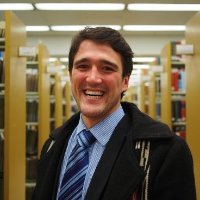
Nick is a member of the Makah Nation and currently serves as the Senior Program Associate for the Native American Political Leadership Program and the INSPIRE Native Teens Initiative Project Manager at George Washington University. Prior to that, he worked as a Policy Assistant for the White House Initiative for American Indian and Alaska Native Education within the Department of Education where he worked to ensure schools have access and tools to coordinate resources in order to improve student outcomes.
Before coming to Washington, DC, Nick served as a Graduate Assistant for Western Washington University’s Education and Social Justice Minor. He has presented at numerous national and regional academic conferences for his work on implementing Native curriculum in Washington’s K-12 public schools; the school-to-prison pipeline and restorative justice programming; and models and systems for engaging families and communities in a school setting. Nick has taught and engaged in youth programming across Washington State as well as Philadelphia, Pennsylvania. He is an advocate for honoring community knowledge and lifelong learning. He also been involved with efforts in Standing Rock and the current issues surrounding the Dakota Access Pipeline.
Felisha Howell, Confederated Tribes of Siletz Indians
Age: 17; Hometown: Siletz, Oregon
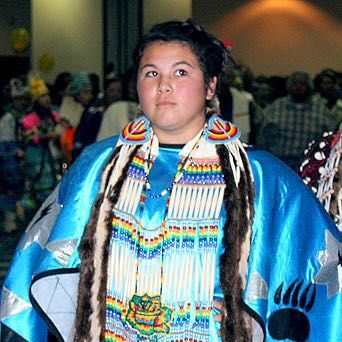
Felisha, a high school senior, is a member of the Confederated Tribes of Siletz Indians on the Oregon coast. CNAY met Felisha during a youth summit at Siletz with their youth council in May of 2016. During the summit, we learned about her positive, culture-focused efforts as Junior Miss Siletz and through the council. Felisha is passionate about preserving her culture and passing it onto younger tribal members. At the age of four, and two of her biological brothers are also ICWA-adoptees who were adopted by a Siletz family.
Leslie Harper, Leech Lake Band of Ojibwe
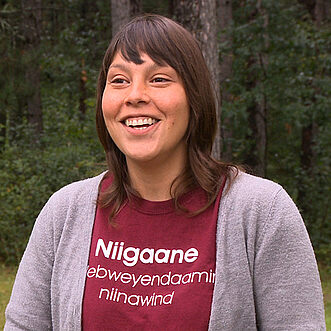
Leslie is a policy expert for the Leech Lake Band of Ojibwe, and serves as the current President of the National Coalition for Native American Language Schools and Programs. As a Native educator, Leslie is also the former director of a language immersion program for Ojibwe children. Leslie, who is Ojibwe, grew up wanting to understand the elders of her tribe who spoke their native language, and she ultimately studied the language as an adult.
However, she soon realized that she had very few people to talk to—there are perhaps 100 people in Minnesota today who speak Ojibwe as a first language, and most of them are elders. Leslie has since worked to increase fluency in Ojibwe, believing that knowing it helps give children a stronger sense of their own identity. In the Niigaane program, which Leslie founded, all classes are taught in Ojibwe from kindergarten through sixth grade. The program pairs teachers, who learned Ojibwe as a second language, with elders who speak it as a native tongue. The program had some early challenges. For example, many of the elders hadn’t spoken Ojibwe in years and had no words to express modern concepts. Despite these challenges, the program is a success and now draws students from all over northern Minnesota.

